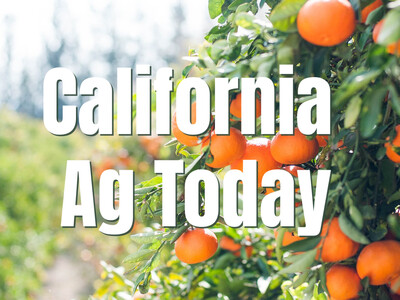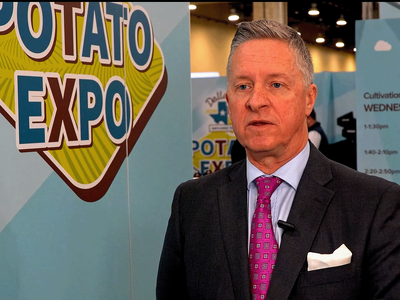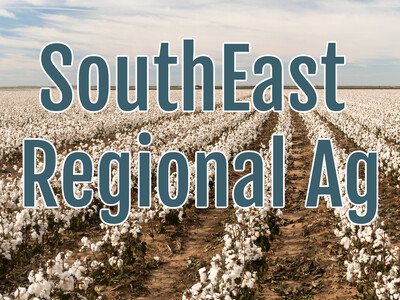Reassurance & Extending CRP
Reassurance & Extending CRP plus Food Forethought. I’m Greg Martin with today’s Northwest Report.
With the news that pigs in an
NOVAK: There is a very small percentage of consumers according to our tracking studies that are confused but that number is below 10% and shrinking almost on a daily basis so that’s a positive sign despite all the news, despite all the media frenzy that has existed we are getting the message to consumers that pork is safe.
Agriculture Secretary Tom Vilsack says USDA's Farm Service Agency will offer certain producers the opportunity to modify and extend their Conservation Reserve Program contracts that are scheduled to expire on Sept. 30, 2009. USDA can only extend approximately 1.5 million acres out of a total 3.9 million acres expiring this year. This extension will ensure that FSA meets the statutory CRP acreage limitation of 32-million acres established in the Food, Conservation, and Energy Act of 2008.
Now with today’s Food Forethought, here’s Lacy Gray.
The three little pigs with their houses of brick, straw and sticks probably would have turned their noses up at a house made of dung, which sounds too far fetched even for fairy tales. But reportedly it is quite real and is produced by EcoFaeBrick. Having currently just won the Global Social Venture competition sponsored by the Haas School of Business in
Thanks Lacy. That’s today’s Northwest Report. I’m Greg Martin on the Northwest Ag Information Network.














